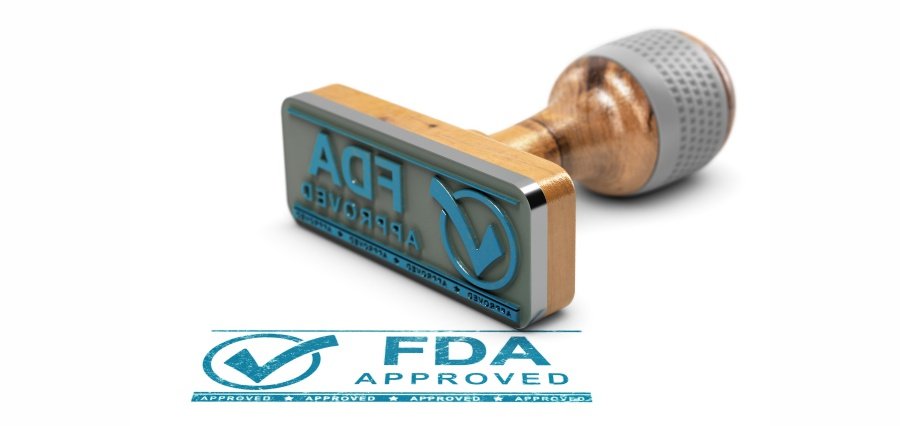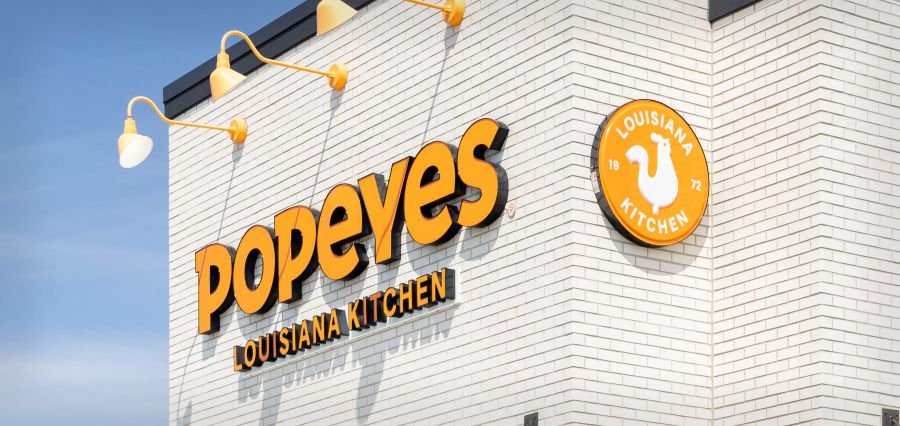Prime Highlights
- Three natural coloring additives have been recently approved by the FDA to allow the food industry to move away from artificial colors.
- The action promotes safer, plant-based substitutes for artificial colors due to increasing health and regulatory issues.
Key Facts
- Approved natural colorants are:Galdieria extract blue
Butterfly pea flower extract
Calcium phosphate.
- These will serve to phase out artificial food colors such as Red No. 3 and Red No. 40 by the end of 2026.
Key Background
One of the biggest moves toward cleaner, safer food labeling, the United States Food and Drug Administration (FDA) has cleared three new natural food colors. They are Galdieria extract blue from a type of algae, butterfly pea flower extract, which is extremely blue and green, and natural white color additive calcium phosphate. They all fit into a larger effort to take synthetic dyes out of the American food supply.
This regulatory change will eliminate petroleum-based artificial colorings, several of which already show up in highly selling breakfast cereals, soft drinks, snack foods, and candies. Red No. 3 and Red No. 40 are two of dozens of artificial colorings in the crosshairs for years as possible child hyperactivity and even cancer triggers. The FDA’s move toward these natural colors is a sign that the food industry is moving in the correct direction when it pertains to food safety and ingredient accountability.
Food companies are now being forced with ever greater speed to reformulate their foods with natural coloring by the 2026 deadline in order to banish some artificial dyes. Some large food and beverage companies have already started. In-N-Out Burger, for instance, recently changed the recipe for their Strawberry Shake and Pink Lemonade to remove artificial coloring and use natural coloring.
Although some may view the change to natural colors as having its downfalls—raised cost of production, risk of inconsistency in color longevity, and less availability—most manufacturers concur that it is the cost of doing business in the sense of keeping up with consumers’ need for cleaner labels and healthier food. It also puts America more in compliance with food safety legislation throughout Europe and the rest of the world where artificial colorings are regulated more and even banned in some cases.
These recent FDA approvals not only give food manufacturers more ammunition to choose from but also add more weight to increased consumer and governmental trust in more natural, open food manufacturing processes.
Read More – Click Here






